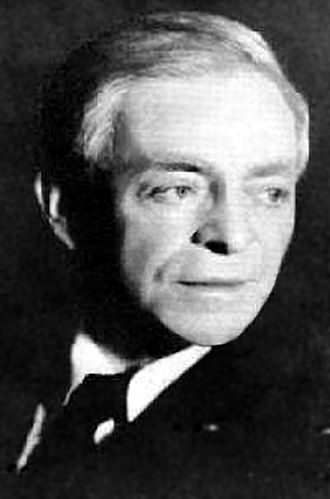How Casimir Funk formulated the concept of vitamins?
 Casimir Funk
Casimir Funk
After reading an article that indicated that persons who ate brown rice were less vulnerable to beri-beri disease than those who ate only the fully milled product, Casimir Funk tried to isolate the substance responsible, and he succeeded. Because that substance contained an amine group, he called it "vitamine". He described it as "anti-beri-beri-factor" and it was later to be known as vitamin B3 (niacin).
Funk was sure that more than one substance like this Vitamin existed, and in his 1912 article for the Journal of State Medicine, he proposed the existence of at least four vitamins: one preventing beriberi (“antiberiberi”); one preventing scurvy (“antiscorbutic”); one preventing pellagra (“antipellagric”); and one preventing rickets (“antirachitic”). Funk proposed the hypothesis that other diseases, such as rickets, pellagra, coeliac disease, and scurvy could also be cured by vitamins.
He suggested that a change in the method of milling corn was responsible for the outbreak of pellagra, but no attention was paid to his article on this subject. He postulated the existence of other essential nutrients, which became known as vitamins B1, B2, C, and D.
Casimir Funk (February 23, 1884 – November 19, 1967), was a Polish biochemist, generally credited with being among the first to formulate (in 1912) the concept of vitamins, which he called "vital amines" or "vitamines".